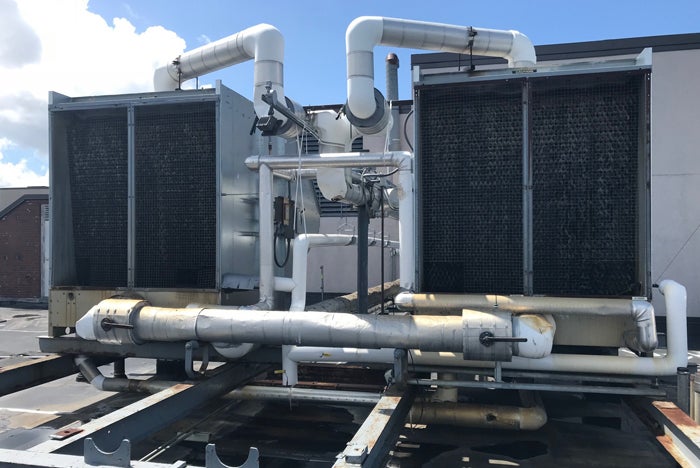Infrastructure
Foundational principles for energy planning
Applying the three A's to energy planning: Alignment, analytics and aggregation
|

Energy is a financial market that demands a business approach to planning and sourcing. However, hospital facility managers trained in engineering and finance leaders trained in business principles often lack a common understanding or even a common language in which to discuss energy. The following three foundational best-practice principles set forth in the American Society for Health Care Engineering’s 2017 monograph “Energy Procurement: A Strategic Sourcing How-To Guide” are intended to bridge this gap:
- Alignment: Hospitals should engage their finance and contracting teams to support facility directors in making energy decisions. Such collaboration is better accomplished by forming an energy committee consisting of finance, supply chain and facility experts. Once formed, the committee should collaborate on strategy and an approach to all energy-management decisions.
- Analytics: The key to making optimal energy decisions is to employ both engineering and financial analytics. Financial-scenario modeling and risk-management tools should be used to inform energy strategy, forecast market trends, qualify projects and suppliers, and source market energy and equipment. These tools are applicable to assessing the cost and value of all energy-supply sources.
- Aggregation: Acting alone, a single hospital may not command the respect of energy utilities and suppliers. However, a group of hospitals can aggregate to create buying power in the market, thereby leveraging lower costs and greater access to the best products and contracts. Some health systems are able to bring large-spend volumes to market. However, all hospitals have the potential to aggregate with their peers through ASHE and other member-driven health care organizations.
Once these key best-practice elements are established, the hospital is ready to address the complex issues involved in ensuring hospital-energy resiliency in the changing grid environment.





